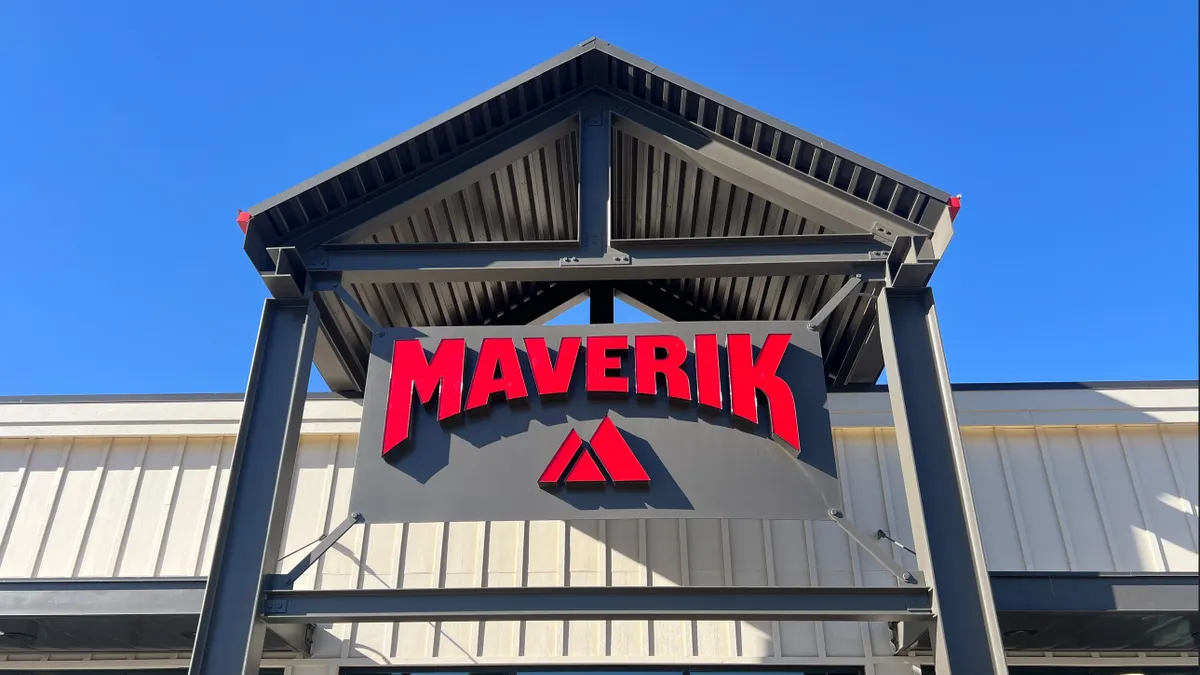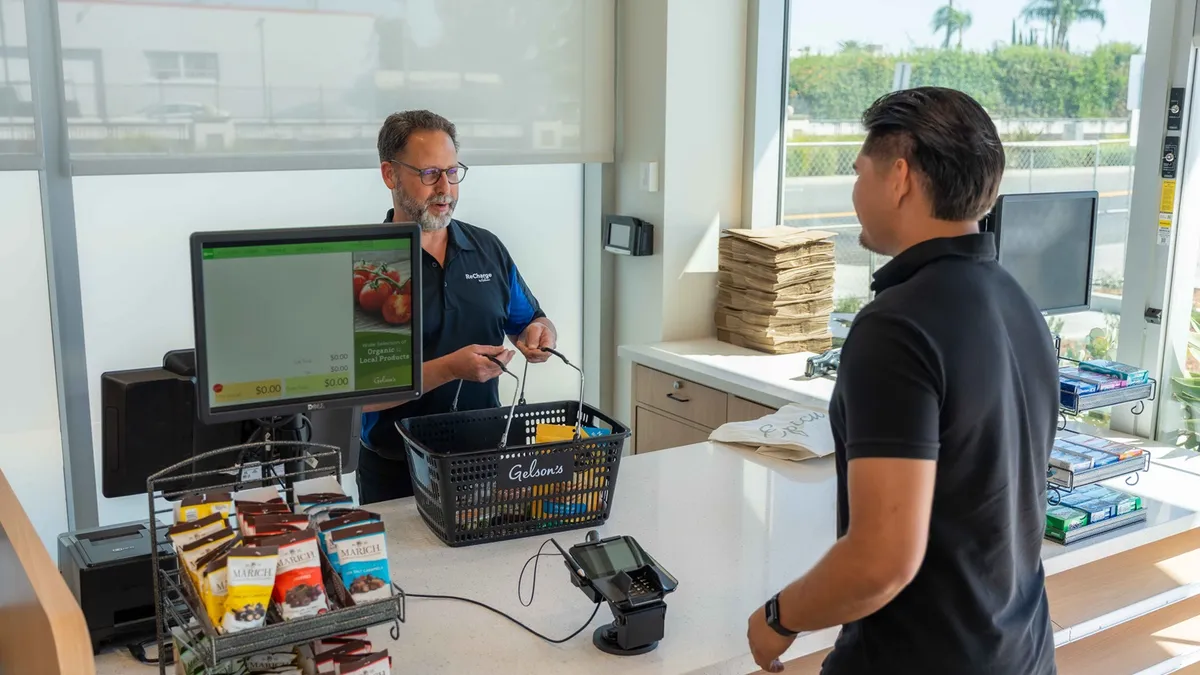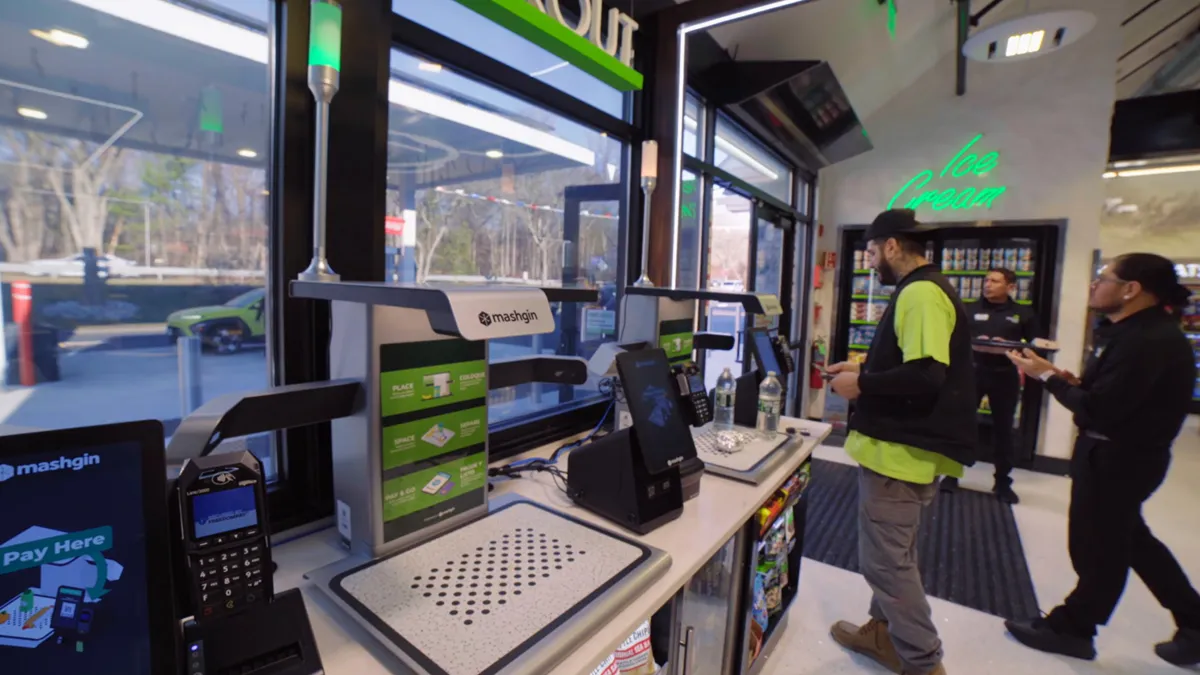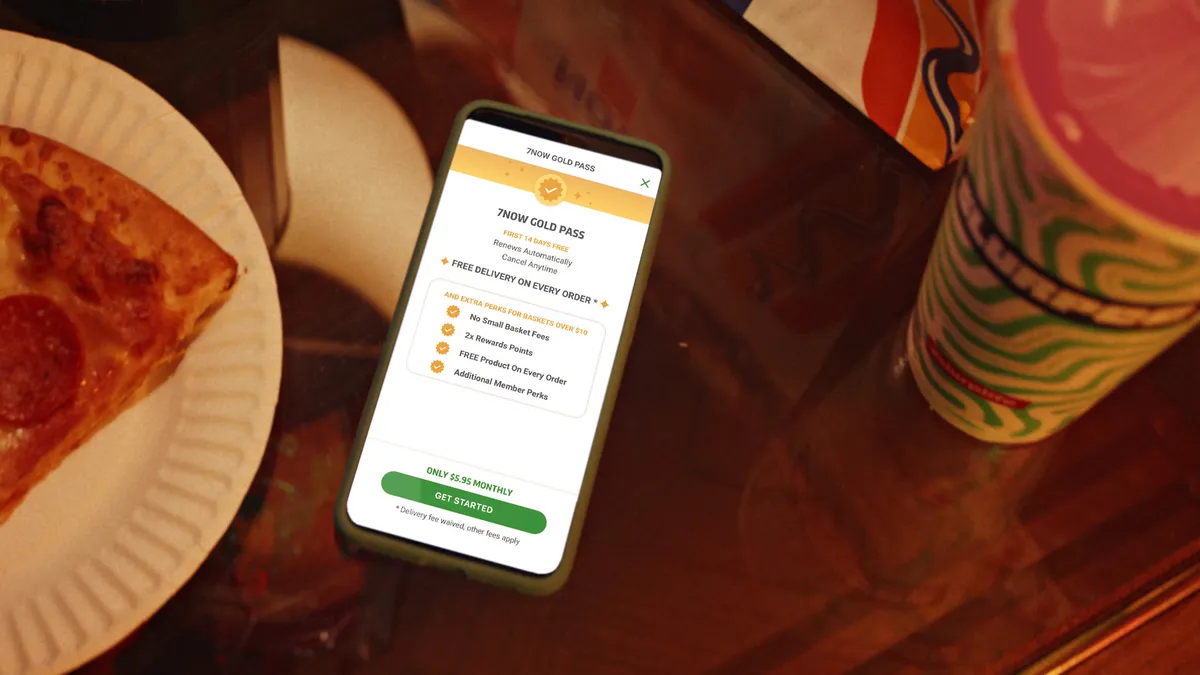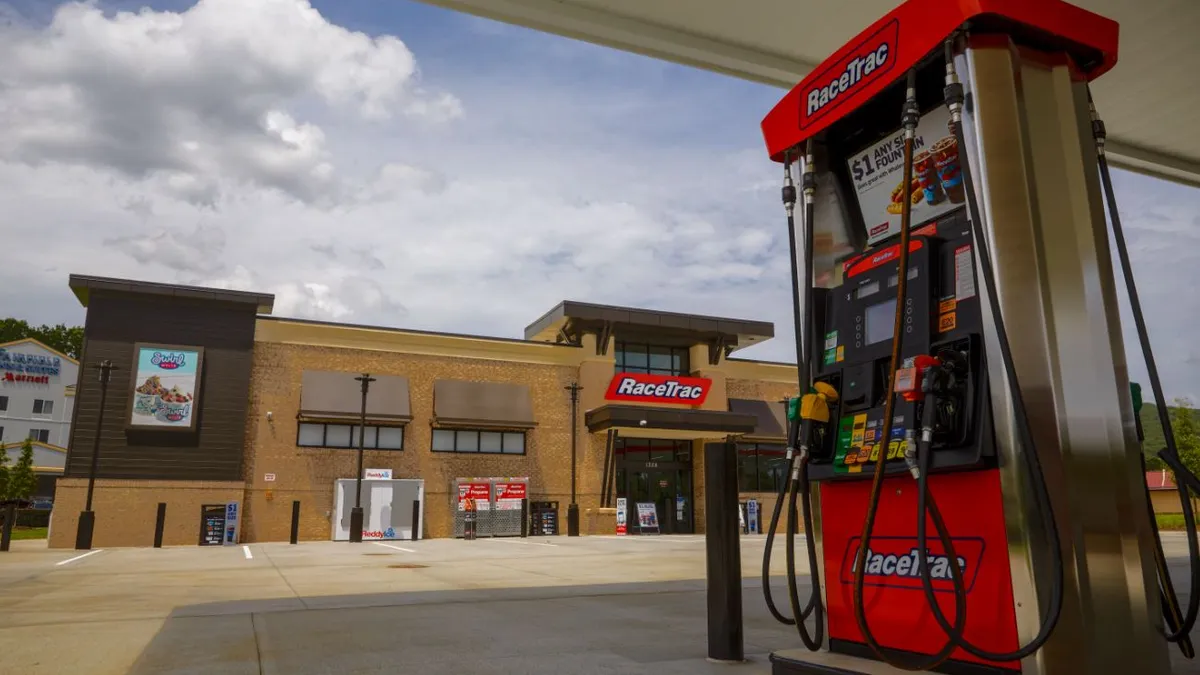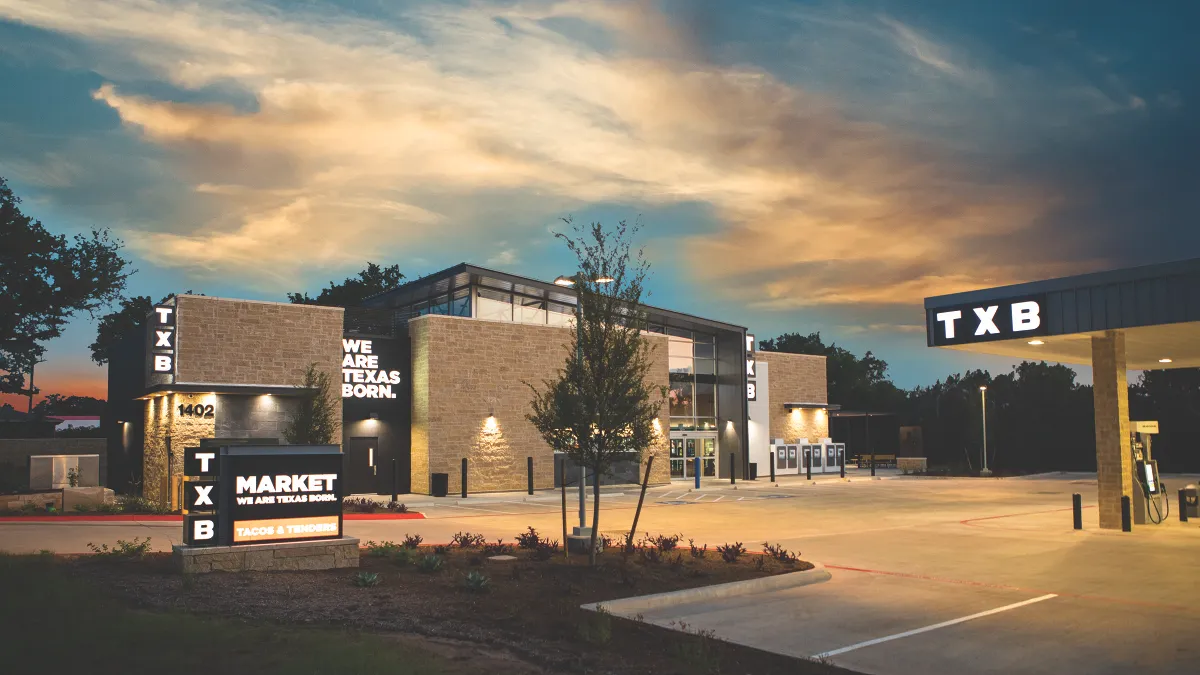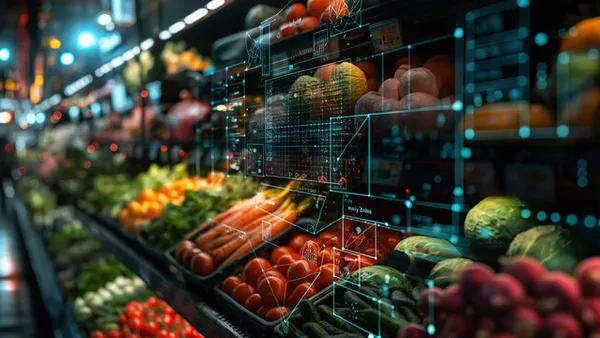Most experts agree that convenience store retailers can be slow to embrace changing technology, and artificial intelligence is no exception.
Scott Love, senior vice president, retail client solutions for Circana, noted that because of the heavy investment involved in implementing many AI solutions, it can be difficult for many companies to take the plunge.
“Retailers by their very nature are very conservative,” he said.
Some experts say that might need to change as industry priorities, including lowering expenses and boosting productivity, shift.
“I do think AI needs to emerge a bit more aggressively in the convenience store industry,” said Art Sebastian, CEO of Nexchapter LLC and former vice president of omnichannel marketing for Casey’s General Stores, in an earlier interview.
Retail use of artificial intelligence is expected to expand broadly over the next few years, with global revenue from AI in retail projected to increase at a compound annual growth rate of over 18%, to more than $32 billion by 2030, according to data from market intelligence and consulting company Contrive Datum Insights.
While most retailers don’t have the money or time to invest in things like AI-designed products, there are some uses that could have a more clear and immediate impact on operations. In a December Convenience Leaders Vision Group report, leaders in the c-store industry discussed ways they’re using AI right now and how it has impacted their businesses.
Fuel pricing
Predictive and dynamic pricing is one area where c-stores could make good use of AI, according to the Convenience Leaders Vision Group report. A great place to start is fuel pricing.
Predictive pricing is defined in the report as a strategy that uses predictive analytics, pulling from historical data, real-time data and information about external factors like weather, special events, traffic and more. It then uses the data to predict what an appropriate price for fuel might be to achieve certain goals, like growing fuel sales volume by a certain percent, and could even suggest multiple price changes a day.
Joe Sheetz, chairman of Sheetz, noted in the report that Sheetz uses some predictive fuel pricing, which he said is “helpful when you’re in multiple markets across multiple geographies with lots of different competition.”
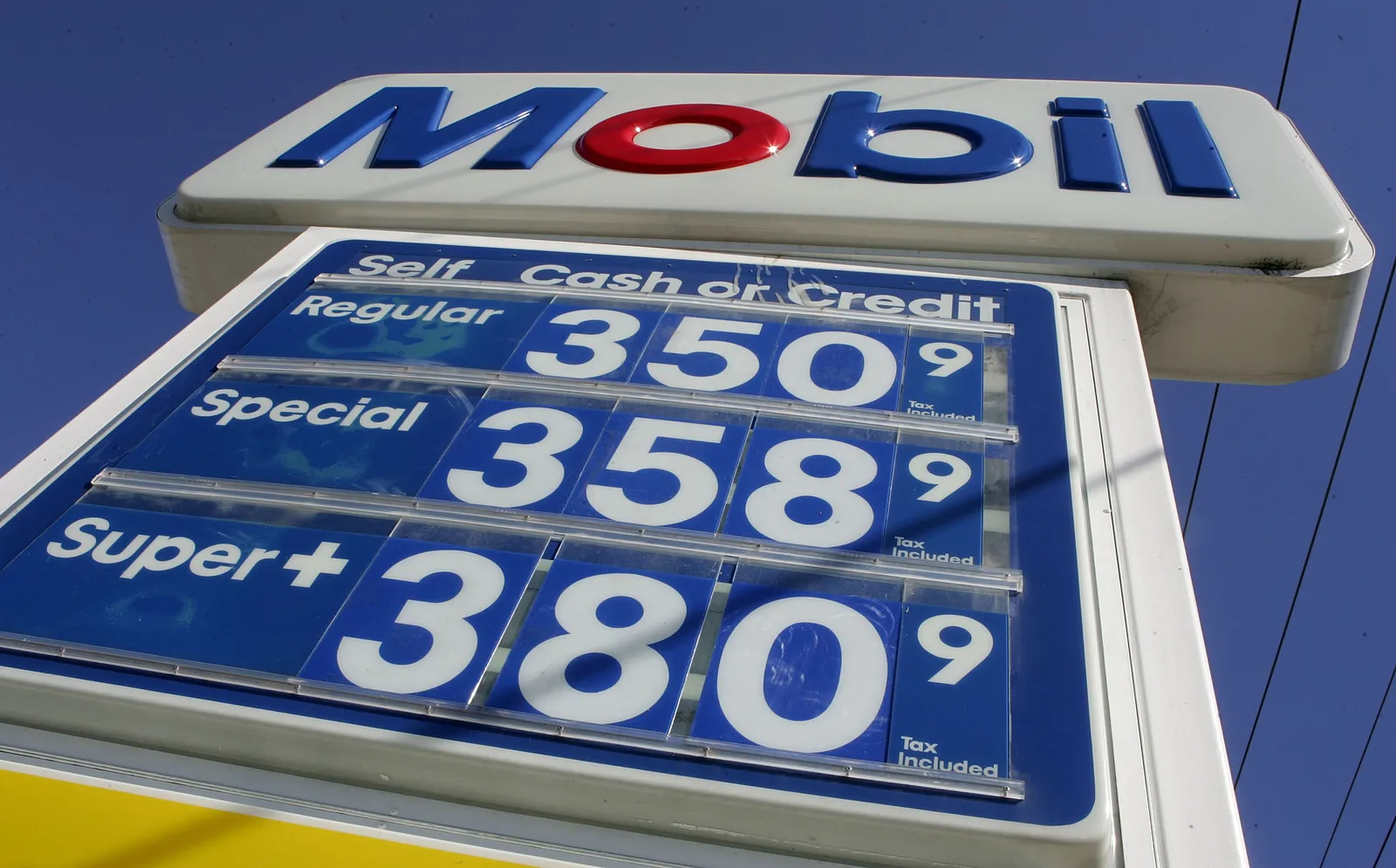
He also noted that how well it worked depended largely on how well the pricing manager used it.
While it’s possible to collate all that data without AI, the process is far more difficult, noted Mark Samuels, executive vice president of retailing for The Wills Group and its c-store chain, Dash In. Dash In tried a non-AI-driven predictive pricing model previously, but found that it was difficult to get high-quality results out of the model. Also, if workers asked the model to map out an unreasonable strategy, it could simply tank the proposed price in an effort to meet the growth or margin levels requested.
But while getting the “right” price via AI is an advantage, it’s just one piece of the puzzle, noted Frodi Hammer, founder and CEO of A2i Systems.
“Your location, your staff, how clean your pumps are, how safe it feels from a lighting perspective at nighttime, all of those things that are non-quantifiable are important,” he said.
Improving operations inside the store
While c-stores may not want to make rapid price changes inside their stores, having a predictive AI model suggest different prices on food and other items for different days or dayparts could be worthwhile, said Hammer.
“Maybe beer for the college student has a different value on a Friday afternoon, than on a Monday morning,” he said in the report. “So why not include that into how you would do your pricing in the store?”
Several members of the roundtable talked about having digital shelf tags, which can update prices throughout the day or week, but noted that the technology remains relatively rare in the U.S. convenience industry.
“It’s in less than 1% of the stores,” said Scott Hartman, CEO of Rutter’s. “It doesn’t mean it’s not going to come, but I do believe it’s … way out on our horizon still.”
The same is not true everywhere, however. Eva Strasburger, Vision Group co-founder and president of StrasGlobal, noted that she’d seen them in a store in Singapore.
“We saw digital shelf tags changing prices while we were in the store because their AI was saying ‘it’s now dinner time’ and you’d see the price go up,” Strasburger said.
While adjusting prices through the day might be helpful, retailers may want to start by just using the technology to determine pricing in general.
“It’s very important for you to figure out what are your benchmark products and how should they be priced,” said Hammer.
Automating some customer interactions
Chatbots and other customer-service-oriented applications are one of the biggest ways AI is expected to grow in retail, according to the Contrive Datum Insights report.
The technology can be useful for customer service lines and call centers, noted Sebastian.

Sebastian was one of the drivers behind Casey’s General Stores’ implementation of an automated voice assistant for its pizza orders.
The company looked into automating call-in orders to avoid losing sales due to missed calls or slow response times, Casey’s CEO Darren Rebelez said during a keynote session at the 2022 Groceryshop convention.
“The worst thing that happens is a call doesn’t get answered,” Rebelez said at the time.
In September, the chain announced it would expand the AVA to its entire footprint.
Automated phone systems and chatbots can be used for a number of simple customer interactions, but retailers need to make sure they’re choosing a high-quality option, given the delicate nature of customer service. According to the 2023 State of E-commerce Customer Service from Simplr, which studied chatbots from over 400 brands, 71% were unable to understand a customer’s question the first time, requiring them to repeat it.
Adding human intervention to support the chatbot improved the experience and led to 72% of respondents saying they’d be likely or very likely to buy from that brand again.
Troubleshooting the business
Because many of these AI programs are built to recognize and understand patterns, they can also be used to identify when a business process breaks down and needs to be fixed.
“If we notice that coffee sales have changed,” said Varish Goyal, CEO of Loop Neighborhood Markets. “Or hey, there’s an issue with the car wash at a location where transaction counts all of a sudden dropped and it’s not weather related, [we can ask] what could be the potential problems that we’re having?”
Goyal noted that the AI they use analyzes point-of-sale data and can find instances like these. But while the computer may be able to find errors efficiently, a human is still going to look at that data and find a solution.
“There is still somebody in the middle that’s actually touching these things and taking the information and then taking an action on it,” Goyal said. “It hasn’t gotten to the point where we’ve said, ‘Oh, we don’t need a human here to do this.’ Not even close.”





